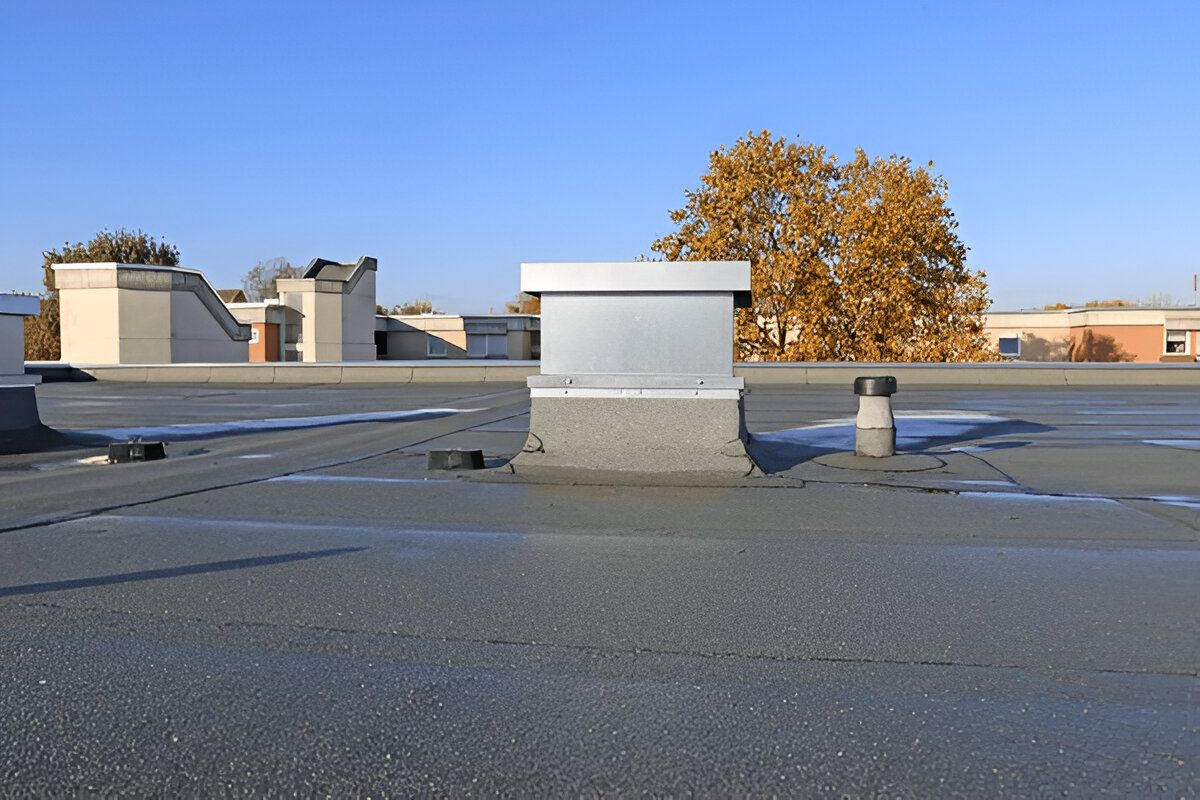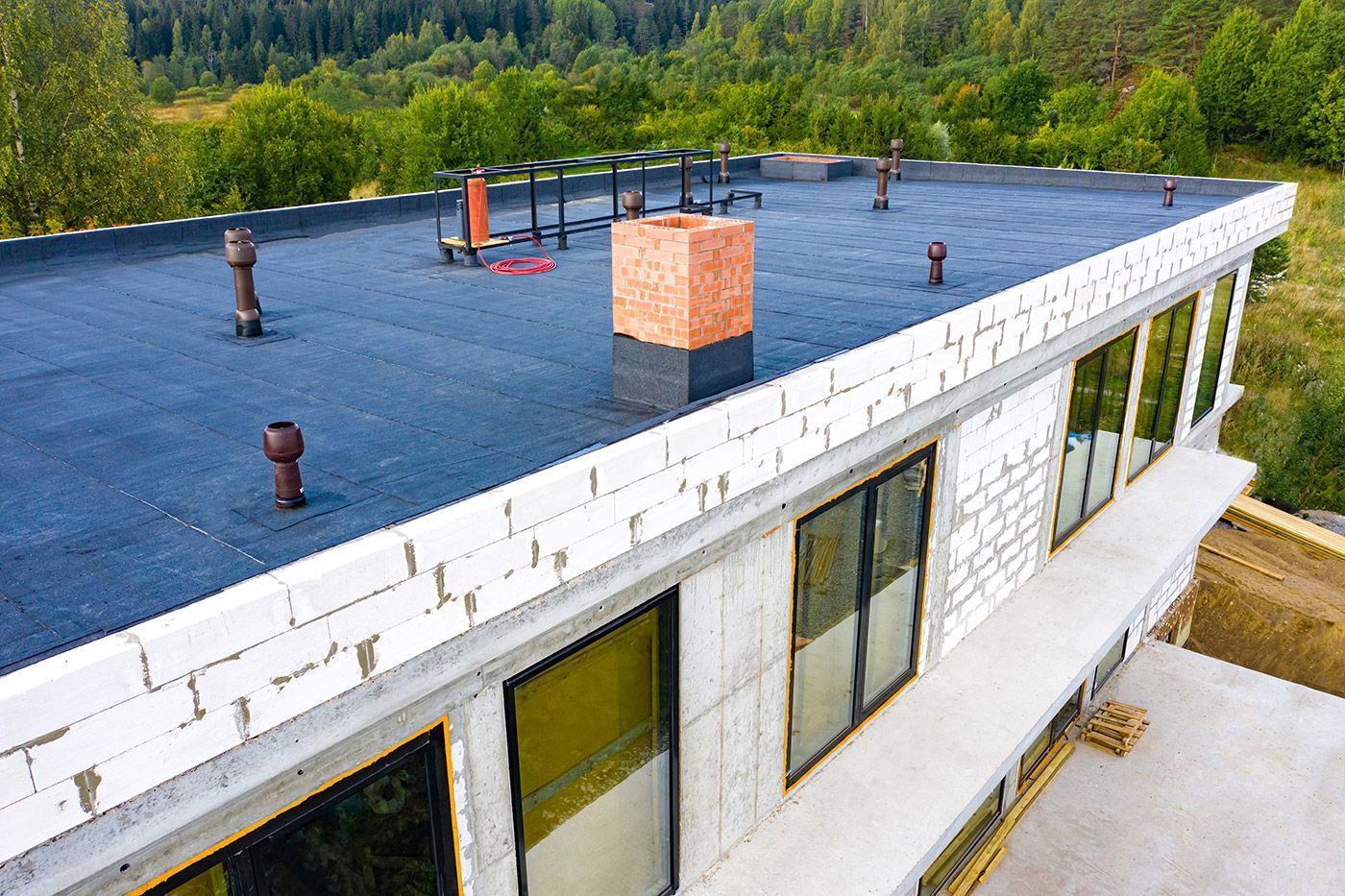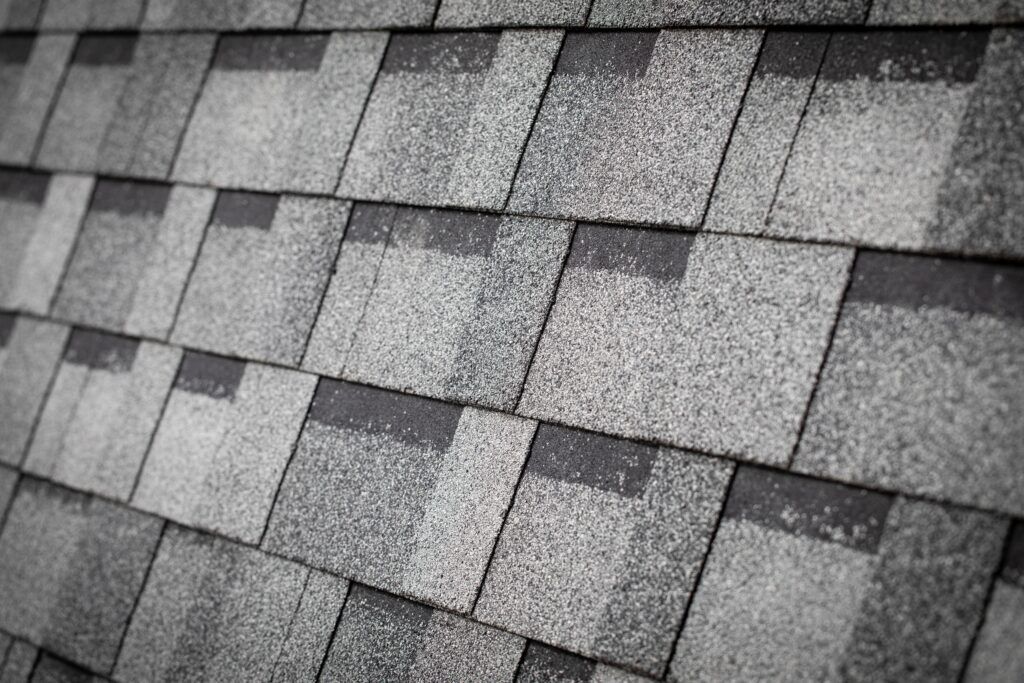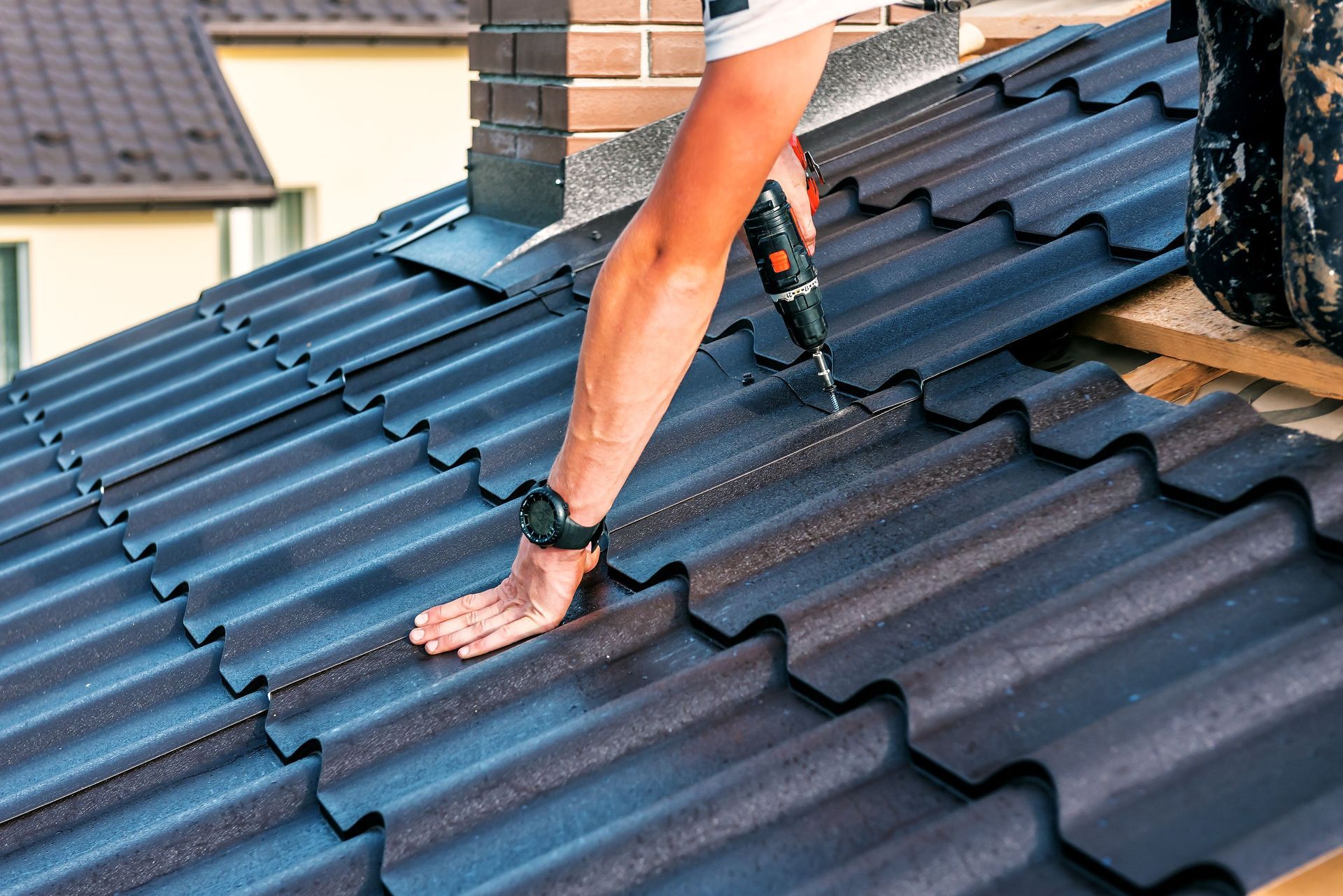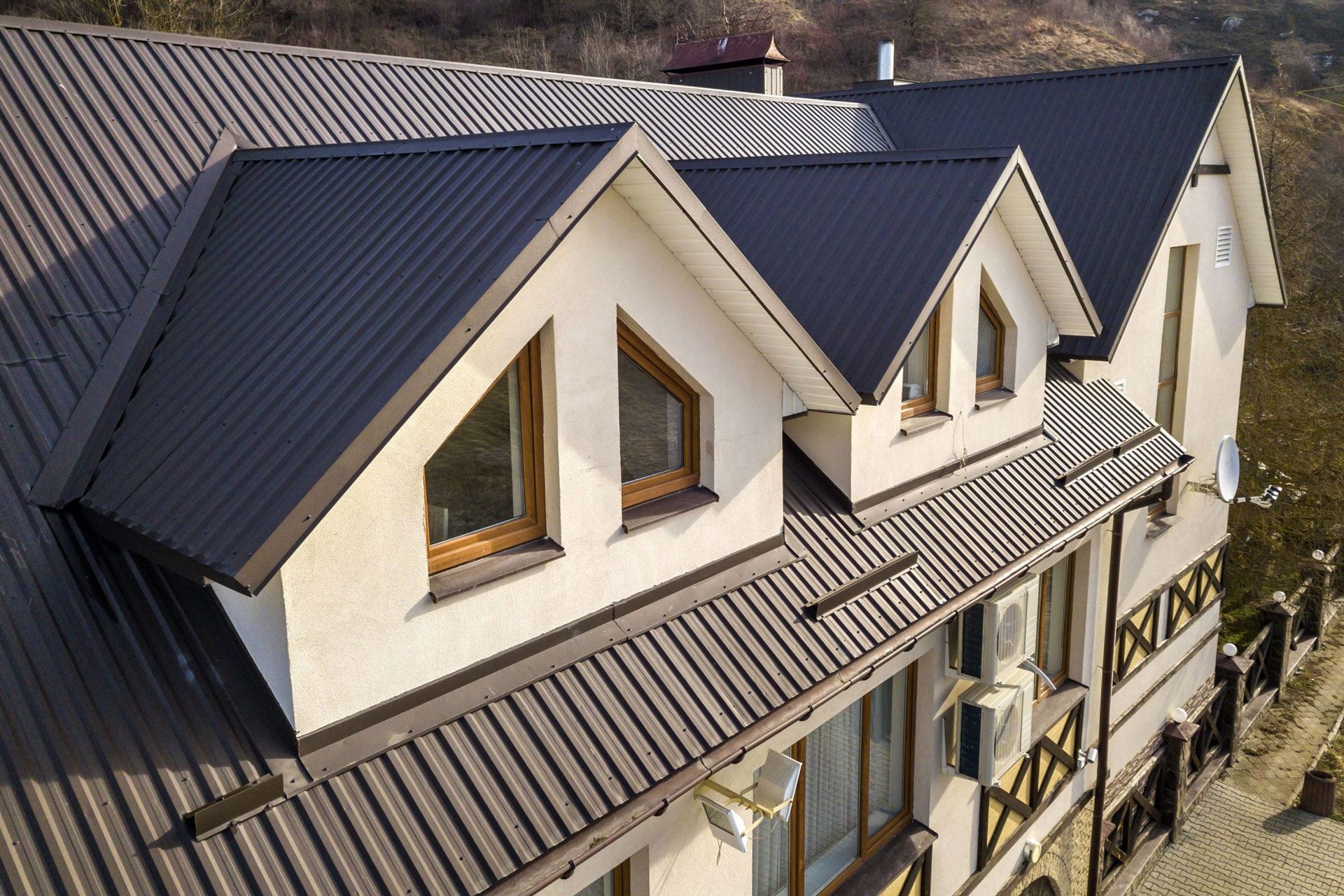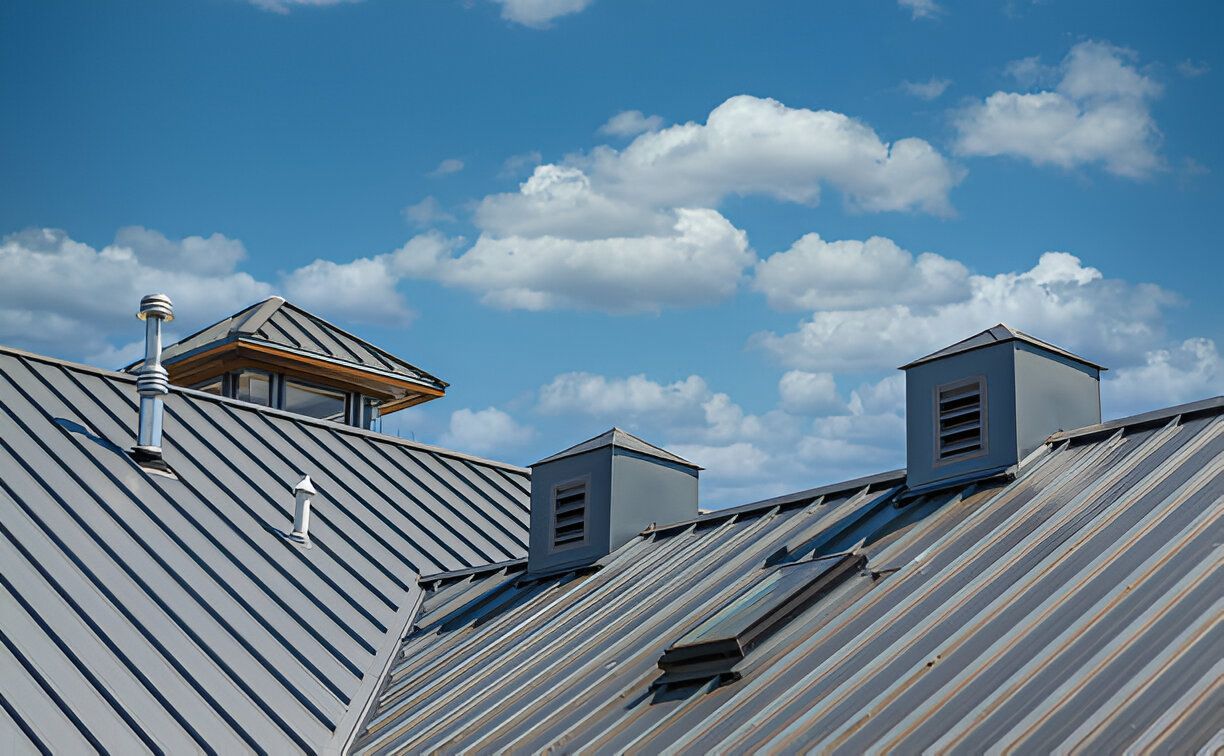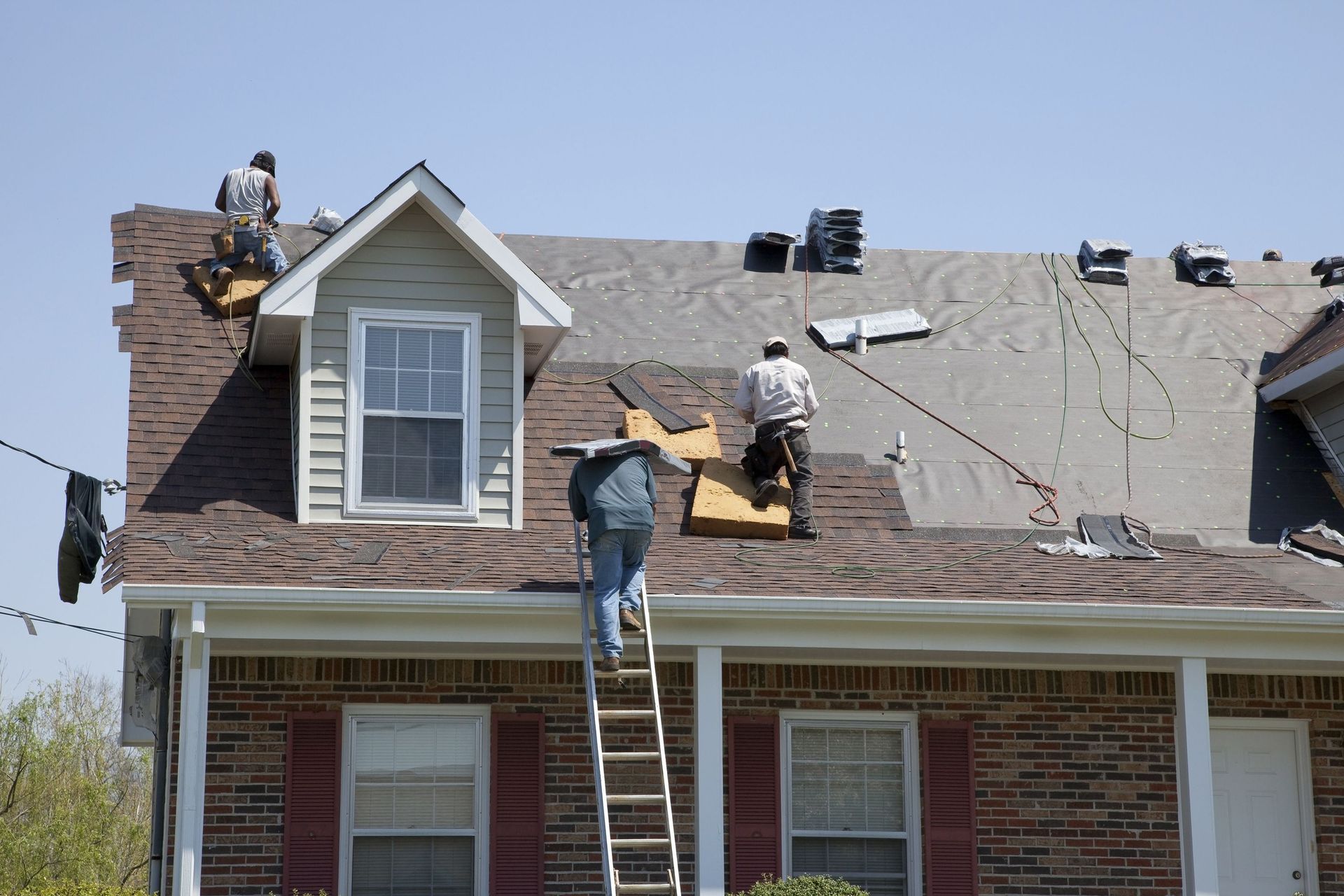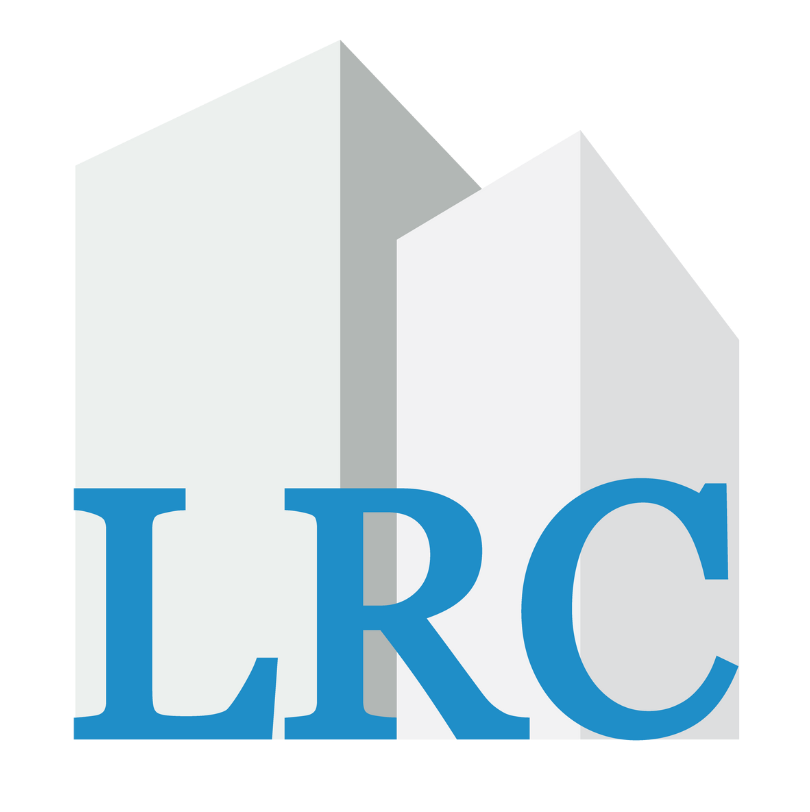What Is a Built Up Roof? Everything About BUR, Built-Up Roofing, Built-Up Roofs, and Roofing

What is Built-Up Roofing?
Built-up roofing (BUR) is a multi-layered roofing system typically installed on flat or low-slope roofs. Also known as built-up roofs, this method has been a trusted solution for commercial buildings in Flower Mound, Texas, for over a century. The installation involves alternating layers of bitumen and ply sheets, finished with an aggregate or protective coating. This layered construction creates a durable, waterproof barrier designed to withstand harsh weather conditions, making it a reliable option for property owners.
A significant advantage of BUR roofing is its exceptional resistance to ultraviolet exposure and environmental wear, due to its multiple bitumen layers and protective topcoat. Built-up roofs are engineered for longevity and require minimal maintenance; however, regular inspections are recommended to maximize their lifespan. In commercial environments, the strength and durability of BUR roofing make it a preferred choice among property managers and business owners. Furthermore, the ability to customize bitumen types and surface materials allows for tailored solutions based on structural demands and climate considerations.
When selecting a roofing system for your commercial or flat roofing needs, built-up roofing remains a proven, long-lasting option. From professional installation to ongoing maintenance, BUR systems consistently deliver reliable performance and durability. Choosing the right roofing solution is critical for any commercial property, and built-up roofing provides an effective balance of resilience, efficiency, and cost-effectiveness—qualities that have made it a leading choice in the commercial roofing industry for decades.
The Components of a Built-Up Roofing System
A built-up roofing system (BUR) is a multi-layered roofing solution primarily designed for flat or low-slope roofs. This system is engineered to provide exceptional durability and weather resistance. BUR comprises several components, including reinforced membrane layers made from felts or fabrics. These layers, combined with bitumen or tar, form a waterproof barrier that prevents leaks and water damage. The multiple layers of tar and fabric membranes enhance the roof’s resistance to moisture infiltration, making it an effective solution for flat roofing applications.
Another essential element of a built-up roofing system is insulation. High-quality insulation materials help regulate indoor temperatures, improving energy efficiency and occupant comfort. Insulation boards can be incorporated to further enhance the roof’s thermal performance. The final layer of a BUR system consists of surface coatings or protective finishes. These coatings not only improve waterproofing but also provide UV resistance, protecting the roof from sun exposure and environmental wear.
Built-up roofing has long been a trusted system for flat and low-slope roofs due to its reliability and longevity. Each layer contributes to the roof’s overall strength and resilience, forming a highly effective protective shield. Understanding the various components of a built-up roofing system helps property owners appreciate the benefits of this durable, time-tested roofing and waterproofing solution.
The Built-Up Roof Installation Process
Installing a built-up roof is a detailed process that requires expert precision to ensure long-term durability and performance. The procedure begins with thorough site preparation and cleaning to establish a solid foundation. Multiple layers of asphalt and ply sheets (felts) are then systematically applied over the roof substrate. These alternating layers of bitumen are crucial for reinforcing the built-up roofing system. Each layer is carefully installed to eliminate gaps and weak points. As installation progresses, additional layers of ply sheets and bitumen are added, further strengthening the roof’s structure. This meticulous layering technique distinguishes BUR from other roofing options, offering superior durability and protection.
The installation process requires skilled professionals and specialized equipment to guarantee precise execution. The design phase is equally critical, as it considers the roof’s unique requirements and site conditions to develop an effective installation plan. Once installed, the top surface of the built-up roof provides robust resistance to moisture and severe weather. Regular inspections during installation help identify and address potential issues, ensuring a flawless finish. The final step secures all layers and properly seals the roof, enhancing its longevity and minimizing the need for frequent repairs. Understanding the BUR installation process underscores why this roofing system remains a trusted and durable solution for various properties in Flower Mound, TX.
Maintenance and Repair of BUR
Proper maintenance and repair are essential to extending the lifespan of a BUR system. Routine inspections should be part of your maintenance plan to detect potential problems early. Maintenance activities for BUR include removing debris, checking for standing water, and verifying that roofing materials are in good condition. Consistent upkeep helps prevent costly repairs down the line.
Repairs to a BUR system can range from minor to major, depending on the damage. Minor repairs may involve sealing cracks or replacing small roof sections, while significant damage requires professional restoration to maintain the roof’s integrity. Engaging an experienced roofing contractor, such as Lancaster Roofing & Construction, ensures repairs are performed safely and effectively. Inspecting flashing is also critical, as it plays a vital role in preventing leaks within the BUR system.
Regular inspections help prevent unexpected damage and prolong the roof’s useful life. Signs of wear, such as blistering or splitting, should be addressed promptly to avoid expensive issues. A well-planned maintenance routine reduces emergency repairs and keeps built-up roofing in optimal condition. Timely, accurate repairs are essential for preserving your roofing system’s overall performance.
Comparing BUR to Other Roofing Options
When selecting a roofing system for your property, built-up roofs (BUR) stand out due to their durability and longevity. Compared to alternatives like PVC roofing, BUR offers unique advantages. The multiple layers in BUR provide enhanced resistance to weather and physical impact, while PVC roofing is lightweight and reflective but may require additional measures to improve durability.
One of the primary benefits of BUR systems is their exceptional waterproofing. The layered construction creates a strong barrier against water infiltration, ensuring a long-lasting seal. While PVC roofs also offer waterproofing, they may not deliver the same level of protection without supplementary enhancements.
In terms of materials, BUR typically utilizes bitumen or asphalt combined with reinforcing fabrics, making it a cost-effective choice. These materials are generally more affordable than the advanced polymers used in PVC roofing, making BUR practical for large-scale projects. Some BUR materials also offer reflective properties that help reduce heat absorption and improve energy efficiency.
Ultimately, while both PVC and BUR systems have benefits, built-up roofing distinguishes itself through durability, affordability, and superior waterproofing. When comparing BUR to other roofing options, built-up roofs provide a long-lasting, cost-efficient solution suitable for a variety of climates and building types.
Conclusion
Built-up roofing (BUR) is recognized for its durability, excellent waterproofing, and fire resistance, making it a dependable choice for commercial and industrial buildings. Understanding the components and installation process of a built-up roof can assist you in determining if it is the ideal solution for your property in Flower Mound, Texas. If you have questions about BUR materials, installation, or maintenance, contact the experienced team at Lancaster Roofing & Construction today. Making an informed decision is the first step toward ensuring your roof’s long-term performance and reliability.
Q: What is Built-Up Roofing (BUR)?
A: Built-Up Roofing (BUR) is a multi-layered roofing system commonly installed on flat or low-slope roofs. It consists of alternating layers of bitumen and reinforcing fabrics, finished with an aggregate or protective coating. This construction forms a durable, waterproof barrier that provides excellent protection against severe weather conditions. BUR systems are widely recognized for their longevity and low maintenance requirements in commercial and industrial applications.
Q: What are the benefits of Built-Up Roofing?
A: Built-Up Roofing (BUR) offers numerous advantages, including superior resistance to UV exposure and harsh weather, extended durability, and minimal maintenance needs. The multi-layered design delivers excellent waterproofing, making it an ideal roofing solution for commercial buildings in Flower Mound, Texas. Furthermore, the versatility of BUR materials allows for customization to meet specific environmental and structural demands.
Q: How is Built-Up Roofing installed?
A: The installation of Built-Up Roofing (BUR) begins with meticulous surface preparation and cleaning. Multiple alternating layers of asphalt and reinforcing fabrics are then applied over the roof substrate. Additional layers are incorporated to enhance the roof’s structural integrity and waterproofing capabilities. Proper installation requires skilled professionals and specialized equipment to ensure all layers are securely bonded, maximizing durability and reducing future maintenance.
Q: What maintenance is required for Built-Up Roofing?
A: Routine inspections and maintenance are vital to prolonging the service life of a Built-Up Roofing (BUR) system. Key tasks include removing debris, inspecting for water pooling, and verifying the integrity of all roofing materials. Prompt repair of minor or significant issues prevents costly damage. Engaging professional roofing contractors, such as Lancaster Roofing & Construction, ensures thorough assessments and appropriate upkeep.
Q: How does Built-Up Roofing compare to other roofing systems?
A: Built-Up Roofing (BUR) is distinguished by its exceptional durability, superior waterproofing, and cost efficiency compared to alternatives such as PVC roofing. Its multi-layer construction enhances insulation and resistance to physical damage. While PVC roofing offers lightweight and reflective properties, BUR’s layered design provides a more robust waterproof barrier. Additionally, BUR materials, primarily bitumen or asphalt, are generally more affordable than the advanced polymers used in PVC roofing, making BUR a practical and budget-conscious choice for larger projects in Flower Mound, TX.

